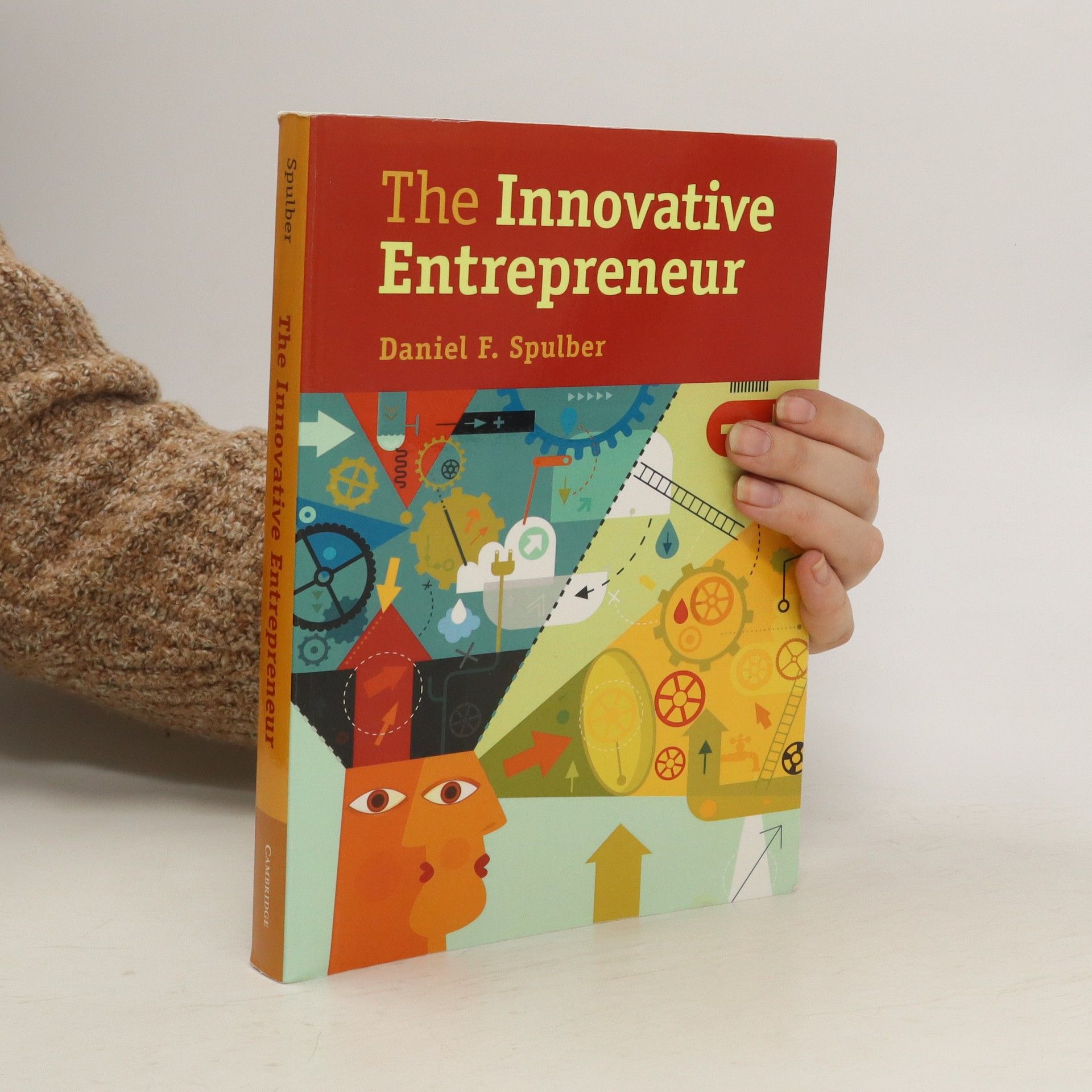Innovative entrepreneurs are the prime movers of the economy. The innovative entrepreneur helps to overcome two types of institutional frictions. First, existing firms may not innovate efficiently due to incumbent inertia resulting from adjustment costs, diversification costs, the replacement effect, and imperfect adjustment of expectations. The innovative entrepreneur compensates for incumbent inertia by embodying innovations in new firms that compete with incumbents. Second, markets for inventions may not operate efficiently due to transaction costs, imperfect intellectual property protections, costs of transferring tacit knowledge, and imperfect information about discoveries. The innovative entrepreneur addresses inefficiencies in markets for inventions through own-use of discoveries and adoption of innovative ideas. The Innovative Entrepreneur presents an economic framework that addresses the motivation of the innovative entrepreneur, the innovative advantage of entrepreneurs versus incumbent firms, the effects of competitive pressures on incentives to innovate, the consequences of creative destruction, and the contributions of the innovative entrepreneur to the wealth of nations.
Daniel F. Spulber Livres


This book presents a theory of the firm based on its economic role as an intermediary between customers and suppliers. Professor Spulber demonstrates how the intermediation theory of the firm explains firm formation by showing how they arise in a market equilibrium. In addition, the theory helps explain how markets work by showing how firms select market-clearing prices. Models of intermediation and market microstructure from microeconomics and finance shed considerable light on the formation and market making activities of firms. The intermediation theory of the firm is compared to existing economic theories of the firm including the neoclassical, industrial organization, transaction cost, and principal-agent models.